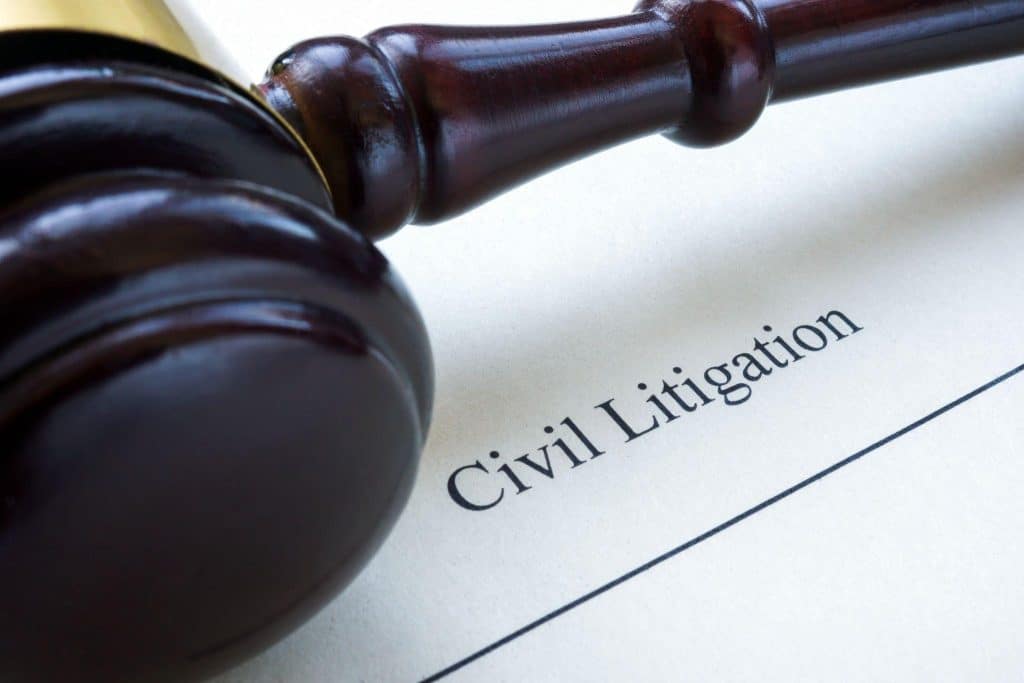Civil cases aren’t just about laws and papers, they’re about timing, strategy, and knowing your next move.
In California, the civil litigation process can feel confusing for anyone stepping into it for the first time. Courts, filings, deadlines, and procedural rules all play a part in shaping how a case unfolds. Understanding the process from start to finish helps you stay prepared and avoid unnecessary delays or mistakes.
Step by step, this blog walks you through civil litigation process in California and highlights what matters at every stage.
Starting the Case: Filing the Complaint
Every civil case begins with a complaint. This document explains your side of the dispute, the facts involved, and what you are asking the court to do. In California, filing the complaint officially starts the civil litigation process. It is important to ensure that all details are accurate and complete.
Local courts in Los Angeles, San Francisco, or San Diego have specific requirements, so attention to detail here can prevent early delays. The defendant is then notified of the case and has a set amount of time to respond.
Responding and Pleadings
Once the complaint is filed, the other party will file their response. This could be an answer admitting or denying allegations, or in some cases, a motion to dismiss. Understanding these filings is key because they shape the direction of the case. A clear and well-prepared response lays the groundwork for negotiation or court proceedings. Attorneys familiar with California courts can guide you on how to structure your pleadings effectively.
Discovery: Gathering Evidence
Discovery is the stage where both sides gather information. This includes requesting documents, conducting depositions, and asking written questions. The goal is to build a clear picture of the facts and avoid surprises at trial. In California, discovery rules can be complex, and missing a deadline or misunderstanding a requirement can weaken your case. Keeping thorough records and staying organized makes this stage less stressful and ensures your position is well-supported.
Pre-Trial Motions and Settlement Discussions
Before a case goes to trial, parties often file pre-trial motions. These motions can clarify legal issues, request the dismissal of certain claims, or challenge evidence. At the same time, settlement discussions may occur.
Many civil cases in California are resolved through negotiation rather than going to trial. Skilled attorneys understand when to push for a settlement and when to prepare for a courtroom fight. Knowing your options and understanding the potential outcomes helps manage expectations.
Trial Preparation and Court Procedures
If a case proceeds to trial, preparation is critical. This includes organizing exhibits, preparing witnesses, and understanding courtroom rules. California courts expect strict adherence to procedures, and familiarity with local practices can improve efficiency.
While courtroom proceedings can seem intimidating, attorneys provide guidance on the order of events, how to present evidence, and what the judge will expect. Trial is the point where all prior work comes together to support your position.
Judgment and Post-Trial Actions
After trial, the court issues a judgment. This could be a decision on damages, orders for action, or dismissal of claims. Understanding the implications of the judgment is important because it affects rights and responsibilities going forward.
In some cases, post-trial motions or appeals may be appropriate if errors occurred or additional clarity is needed. Experienced California attorneys help interpret the judgment and determine the next steps, ensuring that actions are timely and effective.
Practical Tips for Navigating the Process
Navigating civil litigation requires attention, organization, and guidance. Here are some practical steps to stay on track:
- Keep all documents and communications organized from the beginning.
- Track deadlines carefully to avoid missed filings or responses.
- Maintain open communication with your attorney for updates and advice.
- Explore settlement or alternative dispute resolution before committing to a lengthy trial.
- Stay focused on facts and evidence rather than emotional reactions.
Following these practices reduces stress, avoids common errors, and helps your case move efficiently through California courts.
Conclusion
Facing a civil dispute can be overwhelming, and understanding the civil litigation process in California is the first step to managing it effectively. From filing the initial complaint to post-trial actions, every stage comes with rules and procedures that can impact your case.
If you find yourself unsure about how to proceed, consulting an experienced civil litigation attorney can provide the guidance you need. They help ensure deadlines are met, filings are correct, and strategies match the expectations of local courts.
